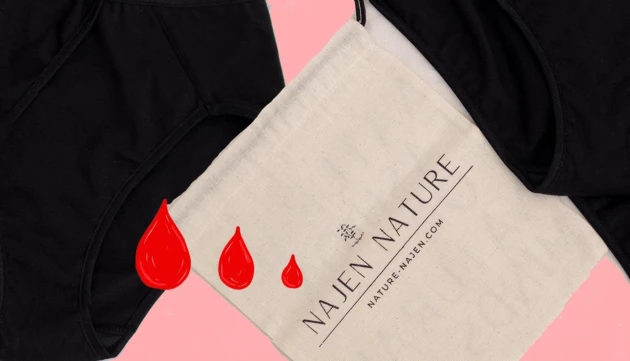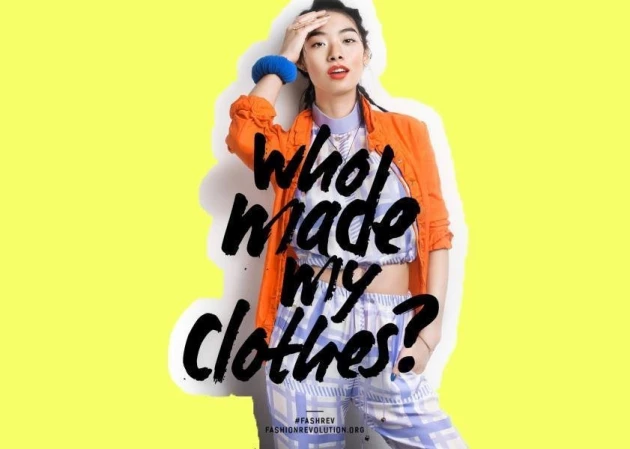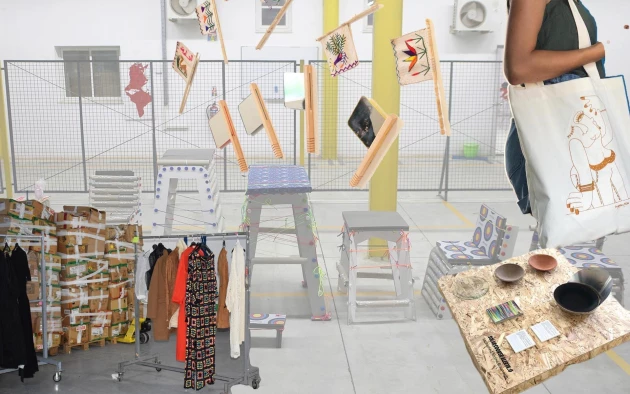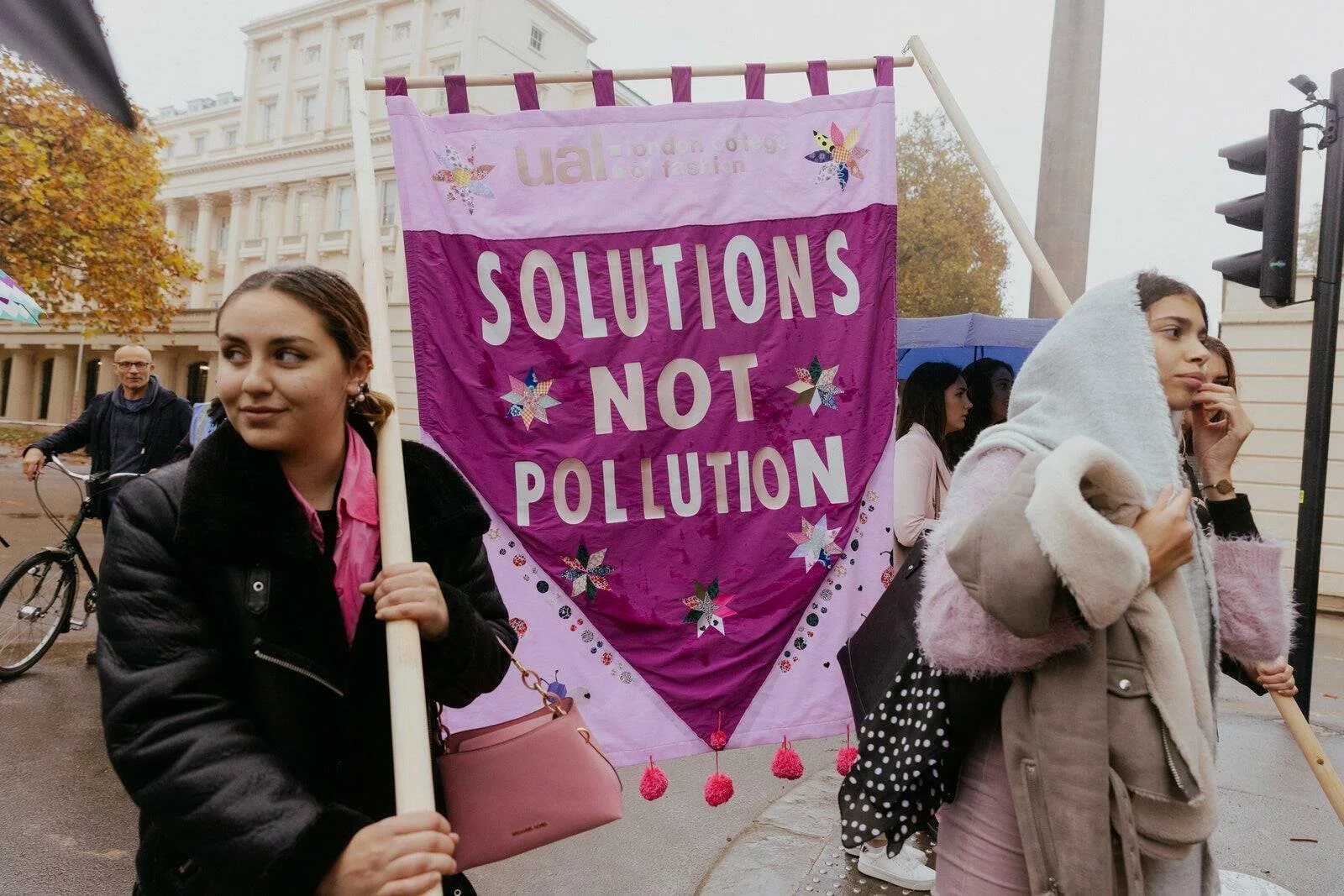
We celebrate the difference
COP26: What is it? And what does it have to do with the future of fashion?
6 min read — Dec 21, 2021
From Art installation to carnival of crisis, the Fashion industry has never been so present in any other Conference of parties than COP26.
It has been more than a month since the end of COP26, and we can say that it is the first time after COP15 that was held in Copenhagen in 2009 where Fashion is taking a roundtable seat and being seriously present in the talk about climate change and to tackle the environmental issues.
To accelerate action towards the goals of the Paris Agreement and the UN Framework Convention on Climate Change, the COP 26 was hosted this year by the UK in partnership with Italy, and it took place from 31 October to 12 November 2021 in the Scottish Event Campus (SEC) in Glasgow, UK. COP refers to the “Conference Of the Parties” and it is the 26’th edition where parties are gathered. Conference of the Parties is an annual UN climate change conference that gathers all “States Parties” to meet in a global session to take decisions to combat climate change.
Represented as one of the most polluting industries, so many fashion-leaders and activists were gathered to discuss the role of the fashion industry on climate change, its role, and what are the decisions that future leaders need to set and to meet COP26 goals.
From Stella McCartney “ Future of Fashion” installation at the Kelvingrove Art Gallery to the parade of hundreds of London Art schools students wearing their own creative design with banners that read “solutions, not pollution”; “keep it in the ground”; “decarbonize + decolonize”; and “don’t COP out!”, so many events and marches took place in Glasgow city to enhance parties to limit temperature rise to 1.5C.
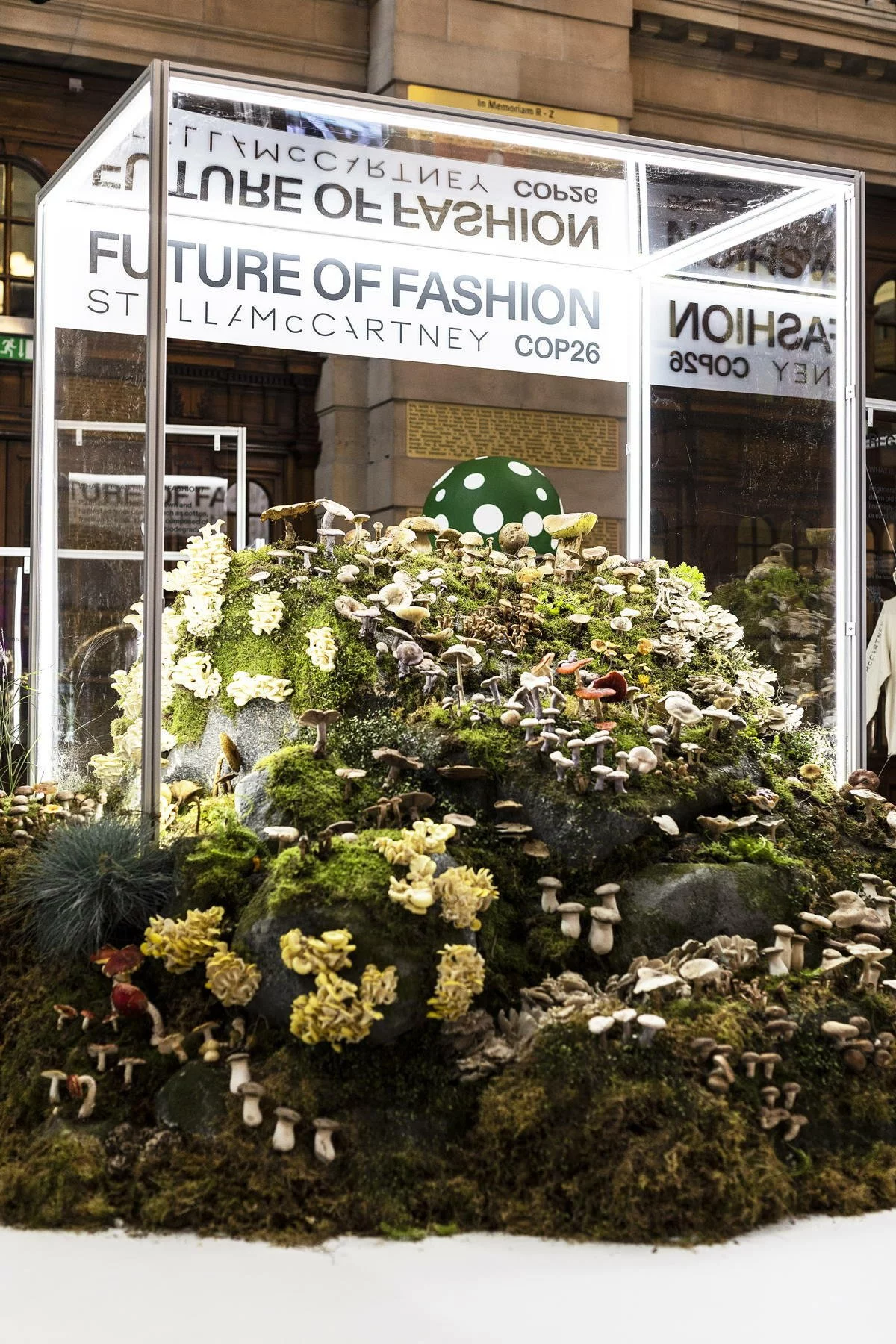
Image: courtesy of Stella McCartney, Source : Fashion United
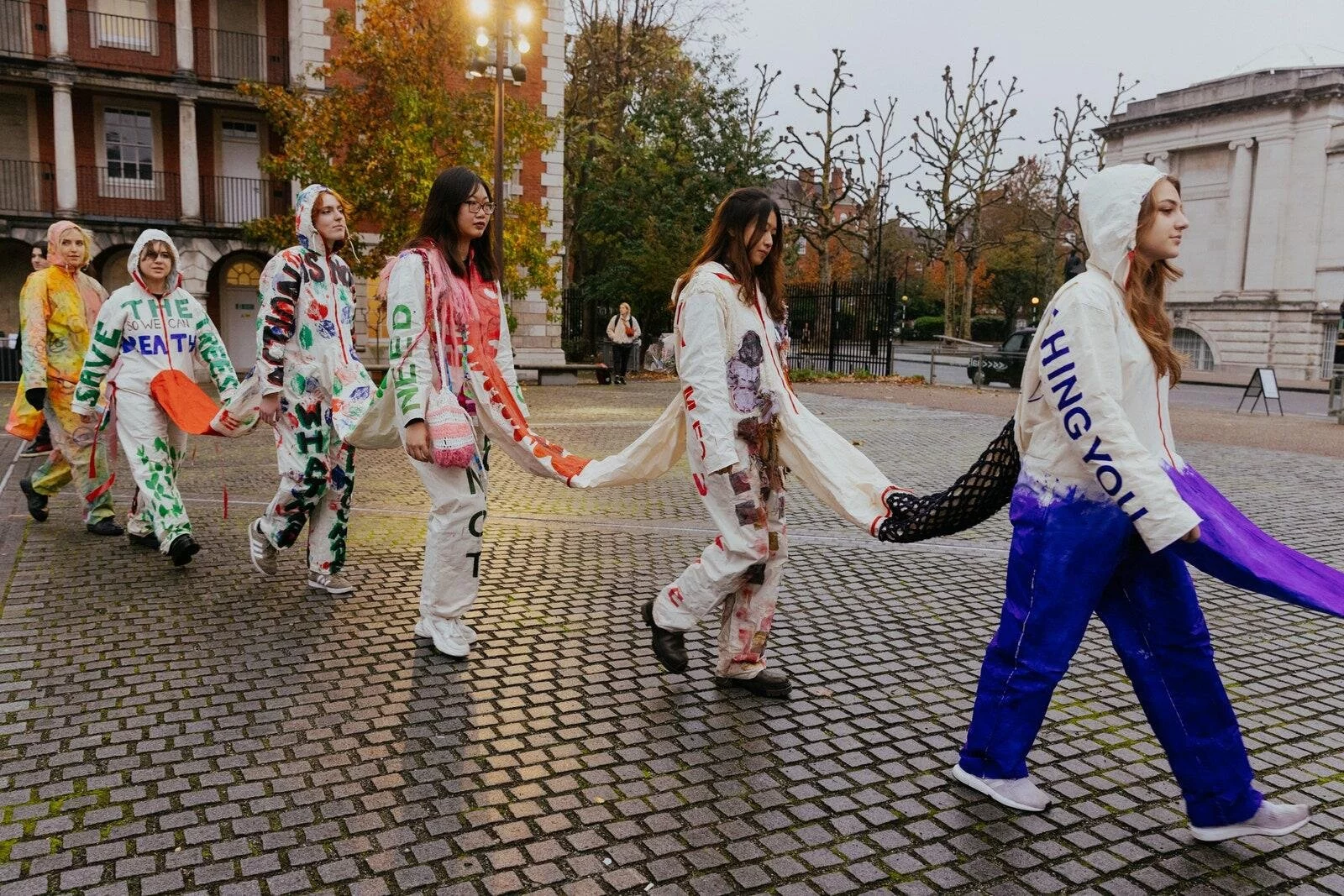
Photographed by Christina Fragkou, Source: Vogue
The COP26 agenda was focused on four goals: 1) securing global net-zero carbon emissions by 2050 and keeping the 1.5-degrees Celsius limit on global warming within reach, 2) adapting to protect communities and natural habitats, 3) mobilizing finance, and 4) working together to deliver on commitments.
After a critical 2 weeks of negotiation and although the different actions and movements are done by climate activists, the pledges were only copped out to speed up the fight against global warming with no promise to contain it at 1.5 °C.
“Expecting a business to change isn’t realistic, but policy signs could have a big impact,” said Claire Bergkamp, the Chief Operating Officer at Textile Exchange."
As more than 50 companies and organizations have joined Textile Exchange’s request for policy to incentivize the use of environmentally preferred materials, Claire Bergkamp, the Chief Operating Officer at Textile Exchange, believes that governments need to take action.
Although most climate activists think that COP26 was a failure, only BLAH BLAH BLAH as Greta Thunberg once said, I think that regardless the pledge didn’t go far enough to limit temperature rise to 1.5C, the "starting pistol" had been fired.”
Referring to the Fashion industry which is, according to McKinsey & Company and Global Fashion Agenda 2020 research, produced around 2.1 billion tonnes of GHG emissions in 2018, equalling 4% of the global total. Fashion leaders need to set goals to respond to COP26 goals even if it is not approved in this Cop 26 edition because we're all witnessing the impact of Climate change and carbon emissions in our life precisely in vulnerable countries like Bangladesh, Vietnam that present a production source for many brands.
So, here are the fashion takeaways from COP26:
1. Limit the increase of global temperature to 1.5-degrees Celsius and secure global net-zero carbon emissions by 2050
Although the main COP26 outcomes were mainly focused to limit 1,5 Celsius and to cut gas emissions to 0 by 2050, however, the pledges were only copped out to speed up the fight against global warming with no promise to contain it at 1.5 °C, fashion industries have to rethink their supply chain as The Business of Fashion and McKinsey & Company 2020 research shows that 16 Around 70% of the fashion industry’s emissions came from upstream activities such as materials production, preparation, and processing. The remaining 30% were associated with downstream retail operations, the use-phase, and end-of-use activities.
As it seems that the journey is long to reach net-zero carbon emissions by 2050, fashion industries need to source more sustainable materials that can be recycled all the time or regenerative, to address close the loop strategy and supervise every action in the supply chain and every process of the entire production.
To mitigate the outcomes of climate change and the increase of emissions, fashion leaders need to invest more in innovation and research.
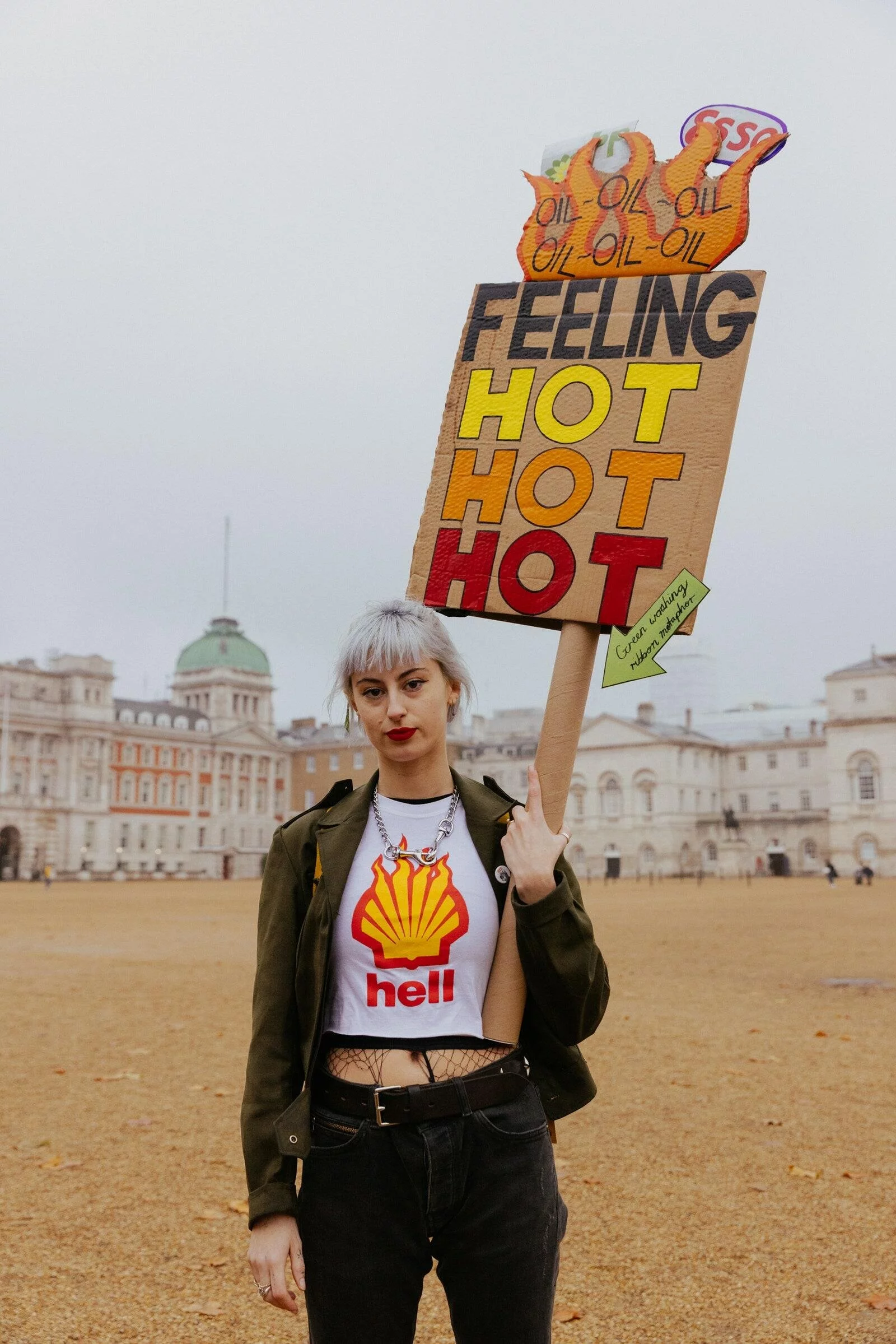
Photographed by Christina Fragkou
2. Adapting to protect communities and natural habitats:
Presented as two of the exporting clothing countries close to two other pioneers China and India, the two parties that they led to a dramatic finish after the two exporting clothing countries led opposition to COP26 goal, Vietnam and Bangladesh with other countries that are riskier to climate hazards like coastal and riverine flooding that could affect the fashion supply chain.
As such, companies need to think and include climate change outcomes in their strategy, and to make critical decisions based on resource scarcity, where to invest from where you produce and involve, respect, and to include local voices.
As fashion future needs to be focused more on investing in research and innovation for a new solution to tackle the worst scenario of climate change like flood and destroying primary materials like cotton, and other virgin fiber mills.
To establish resilience, fashion leaders need to use innovative materials to protect and restore the natural environment.
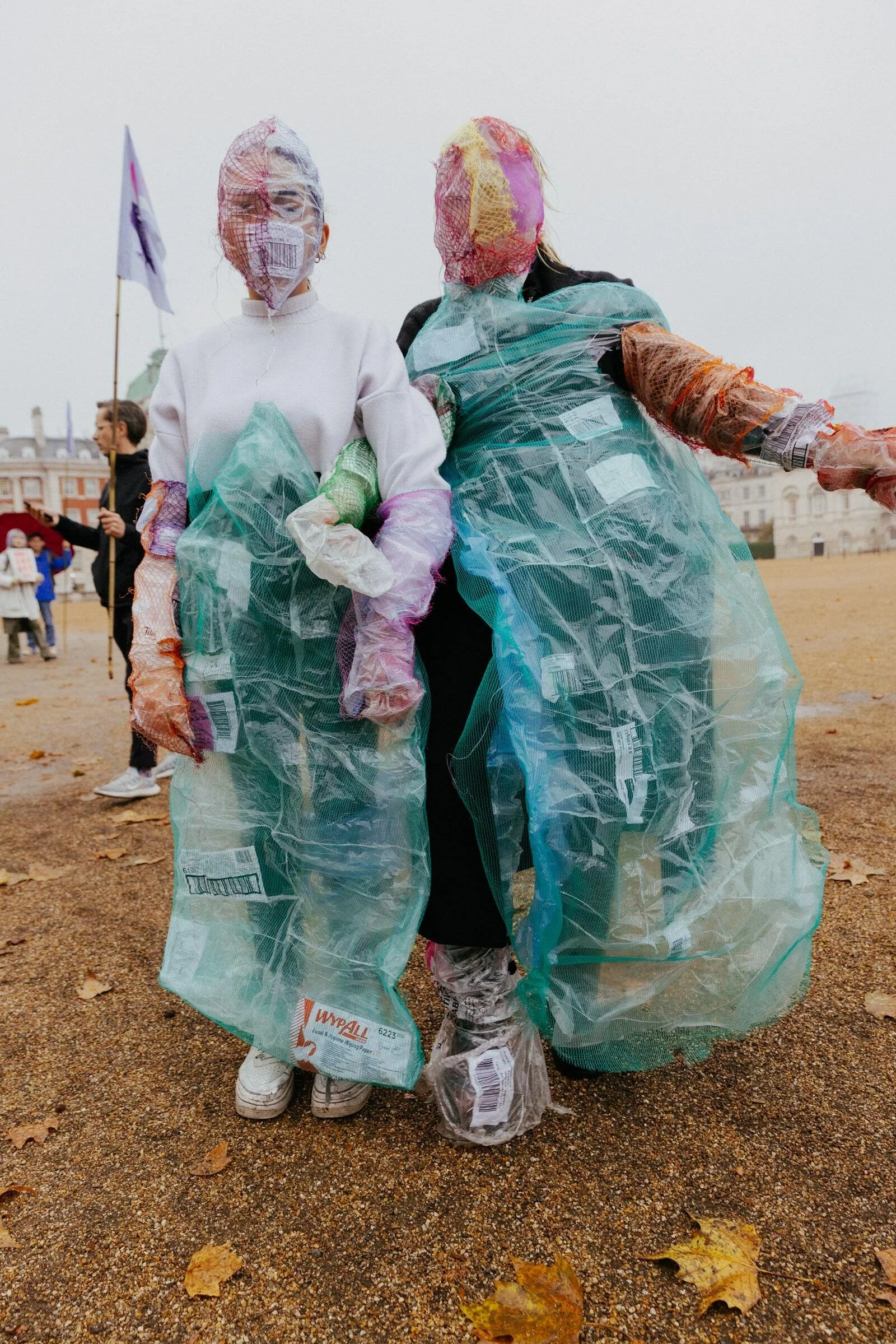
Photographed by Christina Fragkou
3. Mobilize finance
The Glasgow Climate Pact is the first-ever climate deal to explicitly plan to reduce coal, the worst fossil fuel for greenhouse gases and promises more money for developing countries - to help them adapt to climate impacts. Global adaptation investment from public and private sources increased from about US$23 billion per year in 2015–2016 to US$30 billion per year in 2017–2018, according to the Climate Policy Initiative only about US$500 million (1.6 percent) of adaptation finance came from private sources.
Fashion companies need to mobilize finance because decarbonization and targeting sustainable challenges require investments.
4. Work together to deliver on commitments
We have seen, in the last years, a collaboration between luxury brands and streetwear but the focus was not mainly on climate challenges. To mitigate climate change, fashion companies need to work together to deliver on commitments. Collaboration needs to focus on every process of the entire production, from sourcing the material to every detail in the supply chain. It is very important for fashion leaders to collaborate and to invest in material innovation, technology, and research for a better sustainable, and resilient world.
For sure that achieving the expectations from COP26, needs a whole change in the way Fashion operates but Regardless of the contradiction if COP26 was a success or a failure, I think as I have mentioned That it had fired the starting pistol, especially for the Fashion Industry as it is the first time where Fashion has a significant and meaningful presence.
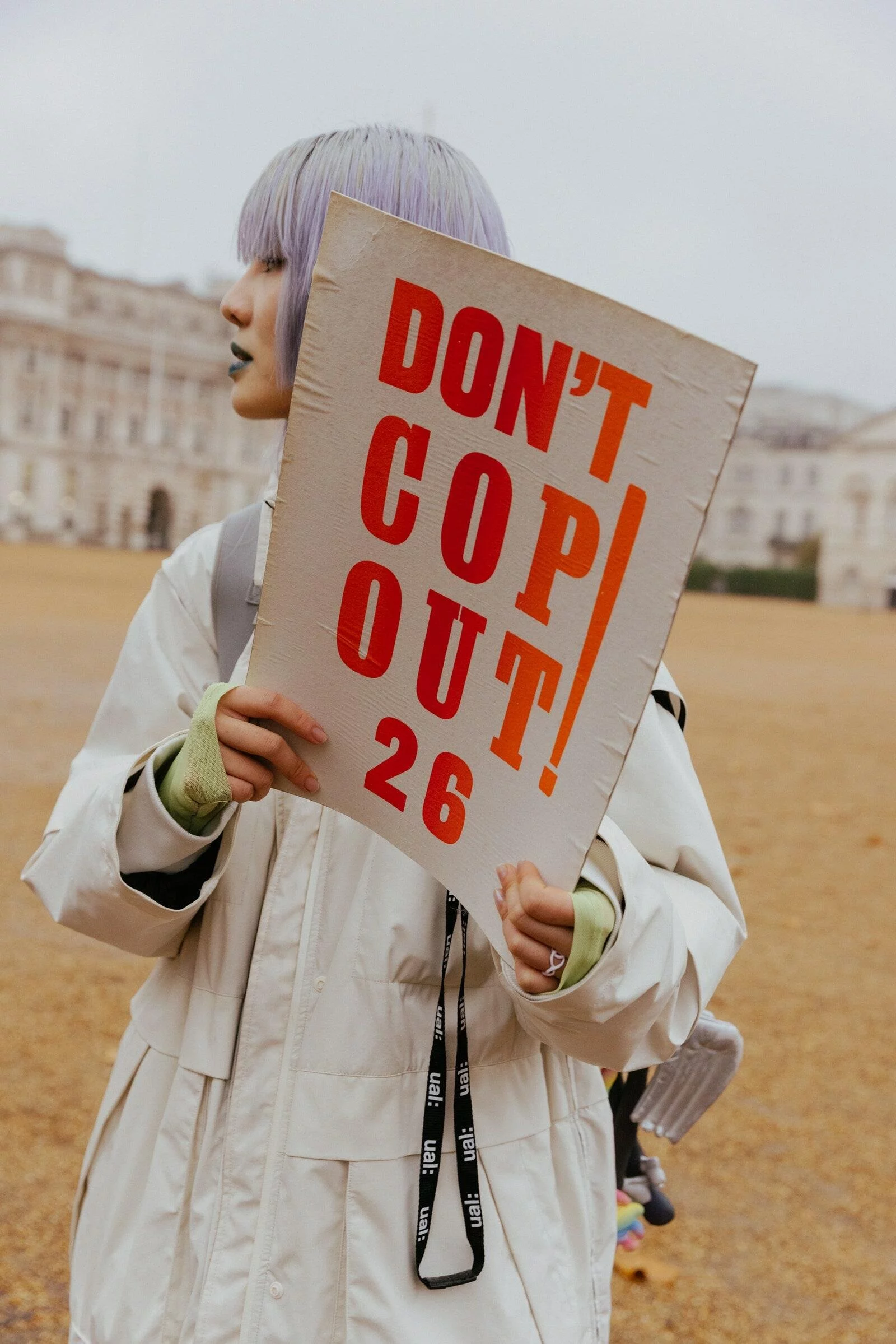
Photographed by Christina Fragkou
Turning to Tunisia as its main objective is to contain the temperature increase to a level between 1.5° and 2 °C, compared to the pre-industrial level, and to reduce its carbon intensity to 45% by 2030. We need to ask first if Tunisian Fashion Industry is considered in COP26 goals? Do we already have DATA about the role of the textile industry in the environmental problem that Tunisia is facing? So many questions that we will try to respond to in our next articles.
